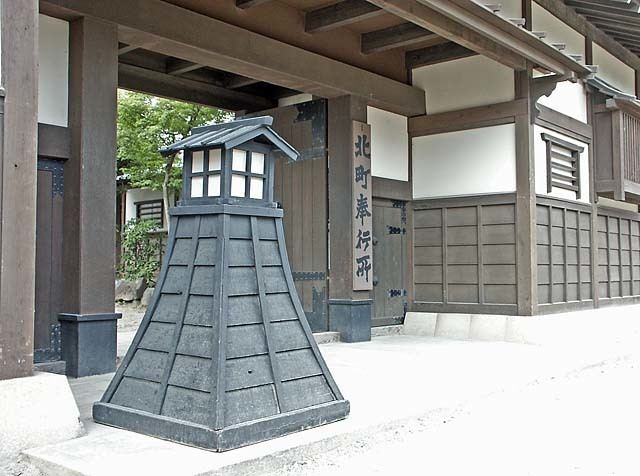 | ||
The Edo period of the history of Japan is the setting of many works of popular culture. These include novels, stage plays, films, television shows, animated works, manga, and video games. Major events of the period, such as the Siege of Osaka, Shimabara Rebellion, and the decline and fall of the Tokugawa shogunate figure prominently in many works. Historical and fictional people and groups of the period, including Miyamoto Musashi, Izumo no Okuni, Yagyū Jūbei Mitsuyoshi, the fictional Isshin Tasuke, Yui Shōsetsu, Matsuo Bashō, Tokugawa Mitsukuni (Mito Kōmon), Ōoka Tadasuke, Tōyama Kagemoto (Tōyama no Kin-san), the Forty-seven Ronin, Sakamoto Ryōma, Katsu Kaishū, and the Shinsengumi, as well as the fifteen Tokugawa shoguns were active for much or all of their public lives and are dramatized in works of popular culture. The cultural developments of the times, including kabuki, bunraku, and ukiyo-e, and practices like sankin kōtai and pilgrimages to the Ise Shrine, feature in many works set in Edo Japan.
Contents
Many popular works written during or following the Edo period were also set during the same period. Kabuki plays in contemporary settings were known as sewamono.
Some works span multiple media. The Mito Kōmon Man'yūki (水戸黄門漫遊記) has become popular in genres as diverse as kōdan, kabuki, stage plays, novels, films, television, manga, and anime.
